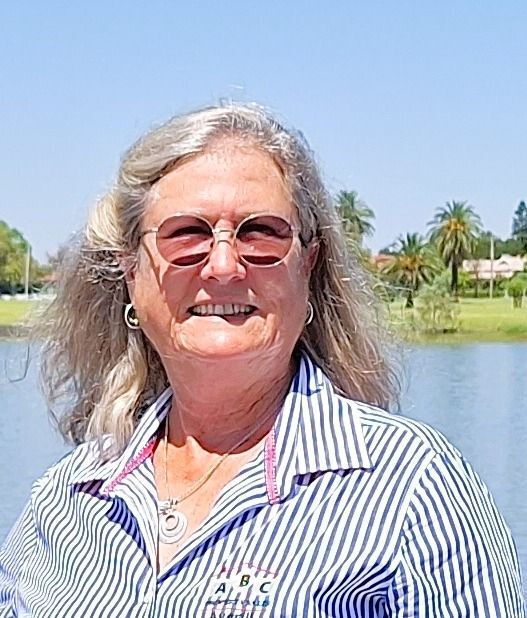Smaller centres shine for city siders willing to move
River McCrossen
17 August 2024, 3:40 AM
 A study from the University of South Australia found many Australians are willing to move to a smaller area.
A study from the University of South Australia found many Australians are willing to move to a smaller area.For 24-year real estate agent Averill Berryman, business has been busier than usual in the last two years.
As Director of ABC Property Sales, which in Lachlan shire covers Lake Cargelligo and Tottenham, she says she's seen a spike in interest from Sydneysiders looking to buy property in her areas.
"Last year in particularly, there was a huge amount of properties were sold here. I don't know the exact figures off hand but quite a large percentage of properties were sold," she said.
It isn't just her.
A survey of more than 3000 people from across Australia by the University of South Australia, published in February this year, found 53 per cent living in large cities would be willing to move to a "mid-sized city", defined in the study as having a population under 100,000 people.
Eighty four per cent of respondents were living in large cities.

Averill has been based in Lake Cargelligo for two years. PHOTO: Supplied
The results, gathered during the height of COVID, were little surprise to Averill, who believes the pandemic made more people realise they can work from home.
"They can get away from the hustle and bustle of the city and traffic jams and all the rest of it. We don't even have a traffic light, let alone a traffic jam," Averill said..
"It's a good quiet lifestyle. We don't have to lock our doors."
"One of the other things is the amount of money someone can get for, say, a property in western Sydney, your average property there is what? Eight, nine hundred thousand dollars, a million dollars for a very ordinary house."
"If you sold your house in Sydney for that amount of money - let's say $1 million - and then you moved to the country, you buy in a smaller town and pay three to four hundred thousand in Lake Cargelligo, that leaves you $600,000.
"You can leave your house in the country and you can go travelling, you can invest your money. There's just so much more you can do."
Lead study researcher Associate Professor Akshay Vij also noted a pandemic-induced shift, although she found the move to smaller areas didn't stick across the board.
“Our study found that people are willing to relocate to smaller towns but are unable to do so due to a lack of suitable employment opportunities,” Assoc Prof. Vij said.
“The pandemic and increased adoption of working from home enabled short-term migration to the regions. But as the pandemic has receded and most workers have returned to the workplace, opportunities to work remotely from a small regional centre have faded as well, prompting the return to pre-pandemic migration trends observed in more recent ABS data."

Associate Professor Akshay Vij. IMAGE: iMove Australia
“The primary barrier to regional migration is the absence of appropriate employment opportunities," he said.
“While job vacancy numbers have been persistently high in regional Australia, these are typically not the kinds of high-skill high-wage jobs that can help attract residents from large metropolitan centres.”
According to the Australian Bureau of Statistics (ABS), 73 per cent of the national population live in the major cities.
Around 26 per cent live in "inner regional" and "outer regional" Australia, with the remaining two per cent living "remote and very remote" areas.



